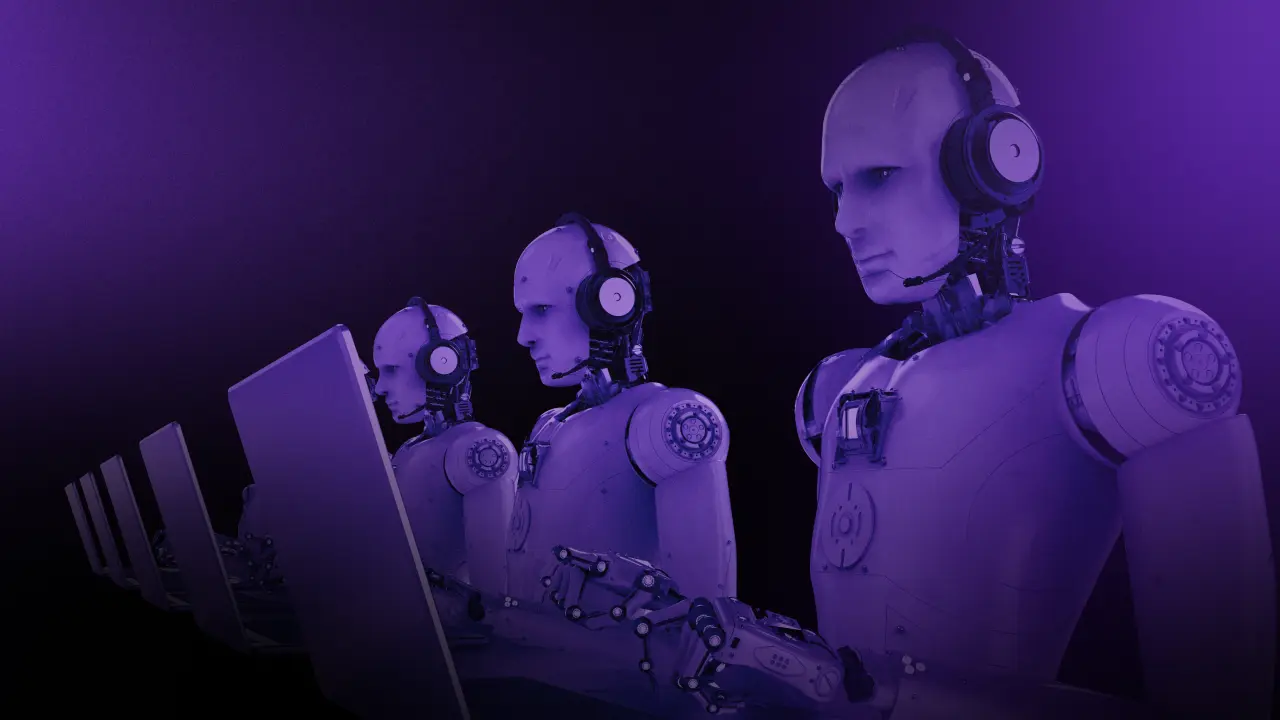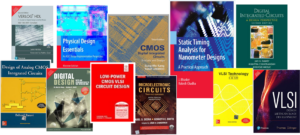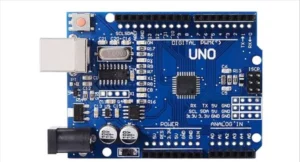“So EDA for 30 years has been very complicated software but one thing we never did was workflow automation. So EDS software has always been what I would call single run, you give it an input and it gives the output. Say, I want this kind of CPU, it will run for 1 or 2 days typically and do all kinds of optimization and geometric processing. If you go to all big customers of ours, they typically will run Innovus, which is one of the flagship implementation tools. They’ll change something, and they will run it again. Either the process or the design spec changes, or they are exploring the design space for the best power or performance. So what we can do with reinforcement learning, and we have several tools, but one of the tools in implementation is called Cerebrus. It automates that running of searching the design space. So it’s huge value because you’re replacing something that was manual before. What used to take 2 days in one run, if you run it on ten machines in parallel with reinforcement learning, it takes about one week, but 200 runs. So you are replacing like months of work. But what is even more powerful is that the results can be better than achieved by humans, because it’s very difficult to optimize on 17 dimensions. In a lot of cases, we have 5 to 10% better PPA (power, performance and area) than the old way of doing it. So there is a lot of opportunity to capture a bigger percentage of R&D spend. We now have 10 out of the top 20 customers and five big hyperscalers using it. Today, we have 100 billion transistors, by end of the decade, it will be 1 trillion transistors. So the size is going up by 10x but the amount of work is probably going up by 30 to 40x. There is no way to hire 30 to 40 times more engineers. There are not even that many graduating. So what I expect will happen is that the customers will still hire more engineers, maybe like 2 to 3 times more than now but for the rest of the productivity gap, there is an opportunity for a bigger portion of R&D to go to automation.”
~Cadence’s CEO at the Bernstein conference.
Join Our WhatsApp News for updated information on semiconductors & AI
Introduction
The Electronic Design Automation (EDA) industry plays a critical role in the development of cutting-edge chips and semiconductor devices, which are integral to modern technology.
Over the years, EDA companies have harnessed the power of Artificial Intelligence (AI) to enhance their tools and streamline the chip design process. In this blog post, we will explore five ways EDA companies are leveraging AI to drive innovation in their tools and services.
1. Design Space Optimization (DSO.ai)- AI IN EDA
One of the primary applications of AI in the EDA industry is design space optimization. AI-driven tools, such as Synopsys’ DSO.ai, help semiconductor designers explore and optimize their design space efficiently.
Designers can purchase an underlying subscription and then buy the DSO.ai tool per project, allowing them to make data-driven decisions to improve the performance, power, and area (PPA) trade-offs in their chip designs.
The ability to run multiple iterations quickly leads to better designs and more efficient use of resources.
Example: Synopsys’ DSO.ai tool helps semiconductor designers optimize chip designs. For instance, in a mobile device chip design project, DSO.ai can suggest multiple configurations of power-efficient CPUs, memory, and peripheral components to find the best trade-off between performance and power consumption.
Read More: 3 Books to Master Artificial Intelligence in VLSI Design
2. Testing and Verification (TSO.ai and VSO.ai)- AI In EDA
EDA companies are expanding their AI offerings to encompass the entire chip design flow, including testing and verification. Synopsys’ TSO.ai for testing and VSO.ai for verification are prime examples.
These tools use AI to automate and enhance the testing and verification process, making it faster and more accurate. AI-driven solutions reduce human error, speed up validation, and improve the overall quality of semiconductor designs.
Example: TSO.ai and VSO.ai by Synopsys automate testing and verification.
In a semiconductor design project, TSO.ai could automatically generate test patterns for the chip, and VSO.ai could employ advanced algorithms to verify the chip’s functionality and correctness.
These tools reduce human effort and increase the accuracy of testing and verification processes.
Read More: 25 Topics to master on Combinational Circuit for VLSI Freshers to get a Job
3. Accelerating R&D- AI in EDA
AI is revolutionizing research and development (R&D) in the EDA industry. With the increasing complexity of chip designs, EDA companies like Cadence and Synopsys are utilizing AI to accelerate R&D efforts.
AI-driven tools help semiconductor designers identify optimal design configurations, reduce design errors, and achieve faster time-to-market.
This results in cost savings and competitive advantages for both EDA companies and semiconductor manufacturers.
Example: Cadence’s AI-powered R&D tools assist in researching new semiconductor materials.
For example, AI algorithms can analyze the properties of various materials, predict their behavior in different conditions, and provide valuable insights for researchers to select the most suitable materials for specific chip applications, accelerating the materials discovery process.
Read More: 5 Youtube Channels to Get VLSI Job for A Fresher
Adaptive Pricing Models
As the amount of work required to design leading-edge chips increases, EDA companies are adapting their pricing models to align with the evolving industry landscape.
The transition from traditional licensing models to pricing based on workloads is a significant shift. This change allows EDA companies to monetize the benefits of AI tools that improve productivity and efficiency.
EDA companies can offer flexible pricing options that cater to the unique needs of their customers, fostering long-term relationships and customer satisfaction.
Example: Mentor, a Siemens business, offers flexible pricing options for its EDA software.
A semiconductor design company can choose to pay for a subscription-based model that aligns with its workload, allowing them to access the software for a specific period and pay based on the usage.
This adaptive pricing model accommodates various project sizes and needs.
Competitive Advantage and Faster Cadence
AI tools are providing EDA companies and semiconductor manufacturers with a competitive edge. The ability to harness AI for design space exploration, optimization, and verification accelerates the chip design process.
As evidenced by Nvidia’s shift to a one-year cadence in releasing datacenter GPUs, AI is playing a pivotal role in enabling faster product development cycles.
This shift not only benefits EDA companies but also their customers, who can bring their products to market more rapidly.
Example: Nvidia, a leading GPU manufacturer, employs AI for chip design. They use AI tools to optimize their datacenter GPU designs, enabling them to release new GPUs on a one-year cadence instead of the previous two-year cadence.
By incorporating AI into their design process, Nvidia gains a competitive advantage by delivering cutting-edge products faster than their competitors.
Read More : 20 Free VLSI Courses for Freshers Looking for Job
Conclusion
The integration of AI into EDA tools is transforming the semiconductor design landscape. Design space optimization, testing, verification, and AI-driven R&D are enabling semiconductor manufacturers to create more efficient and powerful chips.
As AI continues to evolve, EDA companies are likely to explore new ways to leverage this technology, leading to further advancements in chip design and accelerating the development of innovative products in the tech industry.
The collaboration between AI and EDA promises a bright future for semiconductor design, with the potential for even more exciting developments on the horizon.




